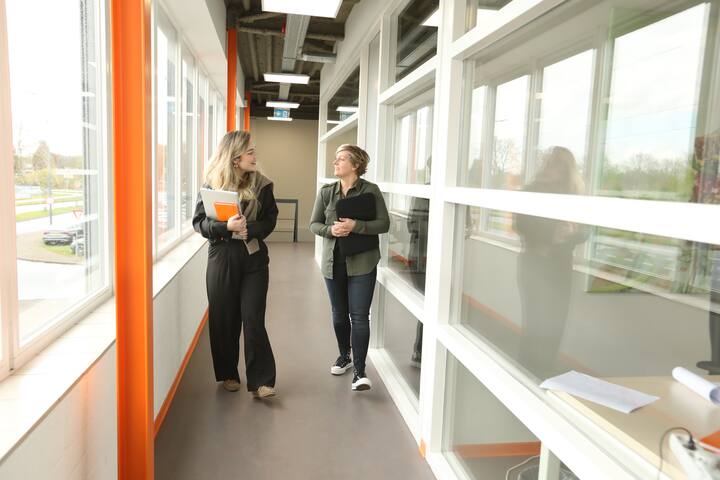
SA Corman about Normec QA
Q-DNA: A Lever to Professionalise Food Safety Culture
The Example of SA Corman
SA Corman, a key player in the production of butter and dairy fats, has recently taken a major step forward in its quality approach. Thanks to the Q-DNA tool, developed by Ghent University (UGent) and implemented by Normec Foodcare, the company was able to objectively assess the maturity of its food safety culture. We look back on this pivotal project with Luc Hendrick, Quality Director at SA Corman.
A Project to Objectify Food Safety Culture
The project was initiated by the Management Committee to objectively evaluate the maturity of the food safety culture. “Much like Great Place To Work, the idea was to measure how our employees, at every level, perceive and integrate the mission of producing safe and healthy food for consumers,” explains Luc Hendrick.
A Reliable Approach for Insightful Results
To do this, SA Corman chose to work with Normec Foodcare. Their role as the official distributor of the Q-DNA method, based on solid academic research from UGent, was a key factor in this decision. “We immediately felt confident. Normec’s approach is structured, rigorous, and evidence-based – all within the agreed timeline,” he adds.
One of the highlights of the project, according to Luc Hendrick, was the exceptionally high participation rate, ensuring excellent representativeness. “All hierarchical levels were involved, which enabled a cross-analysis both on an organisational and individual level, across several dimensions. Another advantage: the survey can be repeated over time to monitor the evolution of the culture.”
Normec Foodcare combines a solid scientific foundation with a rigorous and reliable approach.
This wide participation brought several positive insights to light. Employees were perceived as competent, with little need for additional training, which strengthens trust in internal processes. “Another key takeaway was the now clearly defined need to make our mission and strategy more transparent internally,” Luc Hendrick adds.
Tangible Results
The survey results were presented during the February 2025 management review. Four of the six identified improvement areas have already been translated into individual objectives, anchoring food safety culture in the day-to-day operations of the company. “Some results positively surprised us, others confirmed our gut feelings. In all cases, it helped us move forward.” Still, the project wasn’t without challenges. “The only downside: the final report, rich in numerical data, was quite complex and could be difficult to interpret for non-specialists,” he notes.
A Structural Tool for the Future
SA Corman plans to repeat the analysis within one to two years, to assess the impact of the implemented actions and fine-tune its strategy. “On a scale from 1 to 10, I give this project an 8. It’s a powerful tool that helps structure an otherwise hard-to-objectify approach,” concludes Luc Hendrick.
His advice to companies still hesitating: “Go for it, but make sure you prepare your communication about the survey well, especially regarding the online questionnaire. And above all, be open to the results – even when they highlight areas for improvement.”
The Q-DNA project enabled SA Corman to highlight its strengths, target improvement areas, and structure a true food safety culture strategy. Thanks to Normec Foodcare’s rigorous and supportive guidance, this initiative becomes a strategic lever for quality.